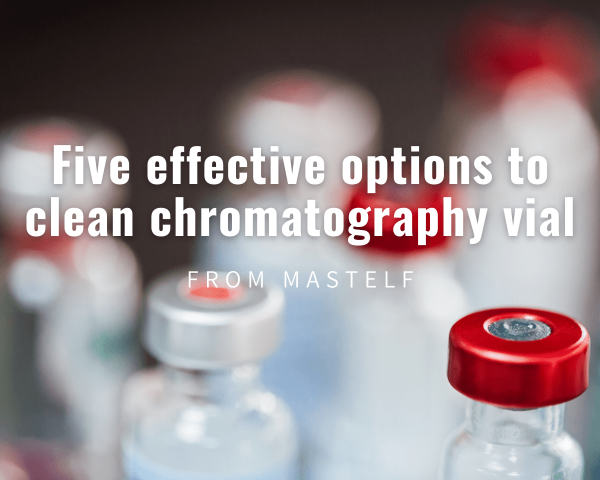
five effective options to clean chromatography vial
Interestingly, when we have the HPLC vial for the chromatography test, we might be curious to know what makes
It is very important to thoroughly clean chromatographic sample vials before using them. If you do not do that, it may negatively affect the tests you will be using in the future. The reason behind this is that everyone must master the cleaning method of chromatographic sample bottles. According to the washing method of glass apparatus, there is no fixed mode for choosing the cleaning method according to the degree of contamination.
In this article, we will show you five cleaning method.
Option 1
1. Remove the sample vial from the test solution and drain it.
2. All the cells must be dropped into the 95% alcohol and dried after twice ultrasonic washing since the 95% alcohol easily enters the 1.5mL vial and is mutually soluble with most organic solvents.
3. Pour into clean water and ultrasonic washing 2 times.
4. Drain the bottle and bake at 110 ℃ for 1~2 hours. It should not be baked at high temperature.
5. Cool and save.
Option 2
1. Wash it with the tap water several times.
2. Place in a beaker with pure water, sonicate for 15 minutes.
3. Change the water, then sonicate for 15 minutes.
4. Soak in a beaker with absolute ethanol.
5. Finally, take out ans dry with natural air.
Option 3
1. After soaking a chromatographically pure yeast (electrosonically clean and chromatographically pure) for 20 minutes, pour out the yeast.
2. Fill the injection bottle with water, ultrasonically clean it for 20 minutes, then pour the water out of the bottle.
3. Dry out the sample vial.
Option 4
1. In order to clean it first, it must be rinsed with water and then it must be soaked in a solution of potassium dichromate.
2. It is the same procedure for cleaning the injection bottle as it is for cleaning the other kinds of bottles. For one thing, use medical alcohol to infuse for at least four hours, then use ultrasonic for half an hour, then pour out the medical alcohol, using water ultrasonic for half an hour, rinsing with water and drying.
Option 5
1. The best strategy is to use brand new ones if the budget is sufficient.
2. If it is going to be reused, then the method of cleaning it will also be a very important consideration. The first step is to soak it in a strong oxidizing cleaning solution (potassium chlorate) for 24 hours, then wash with deionized water for three times under ultrasonic conditions and finally wash it with methanol once and let it dry.
3. When analyzing pesticide residues, it is necessary to replace the bottle mat with a new one, as otherwise the quantitative results will be affected.











